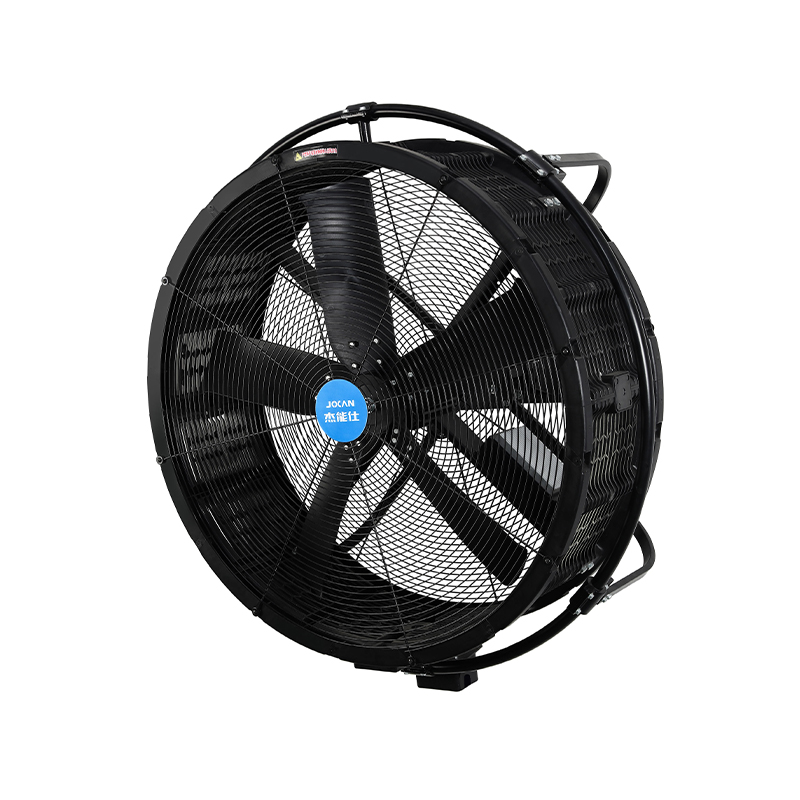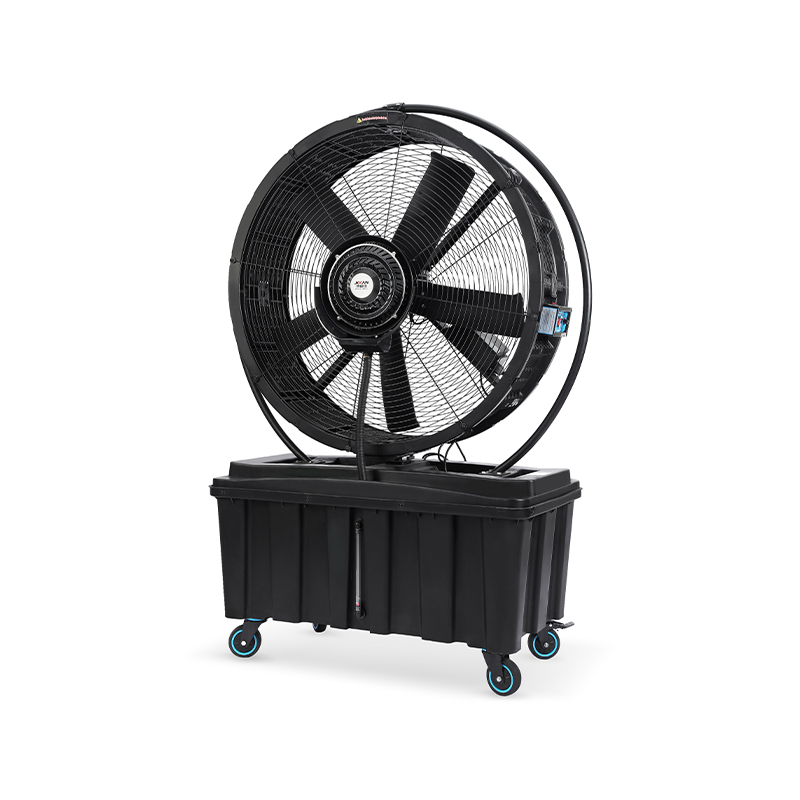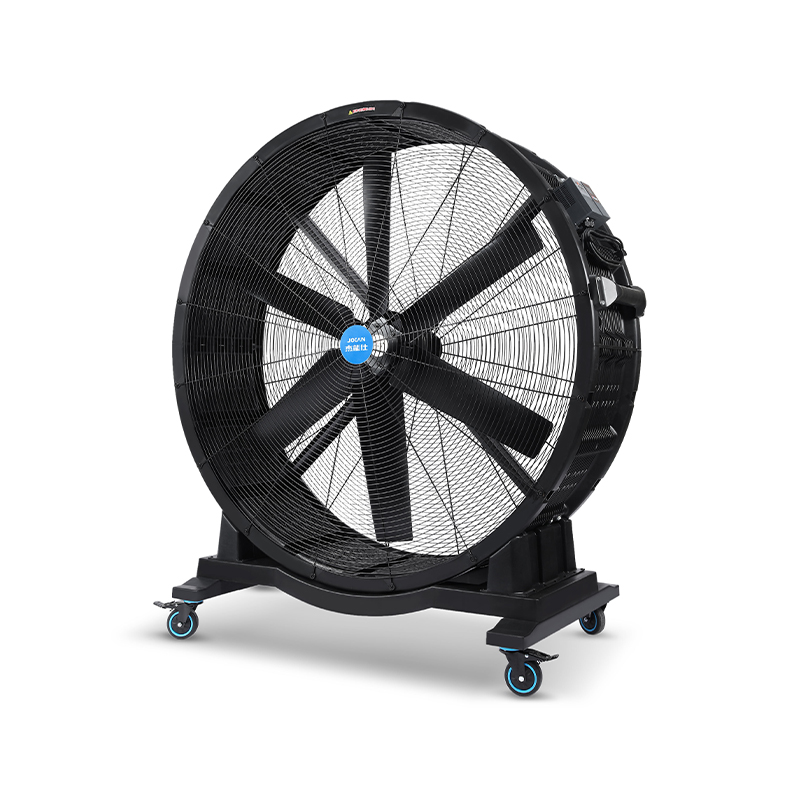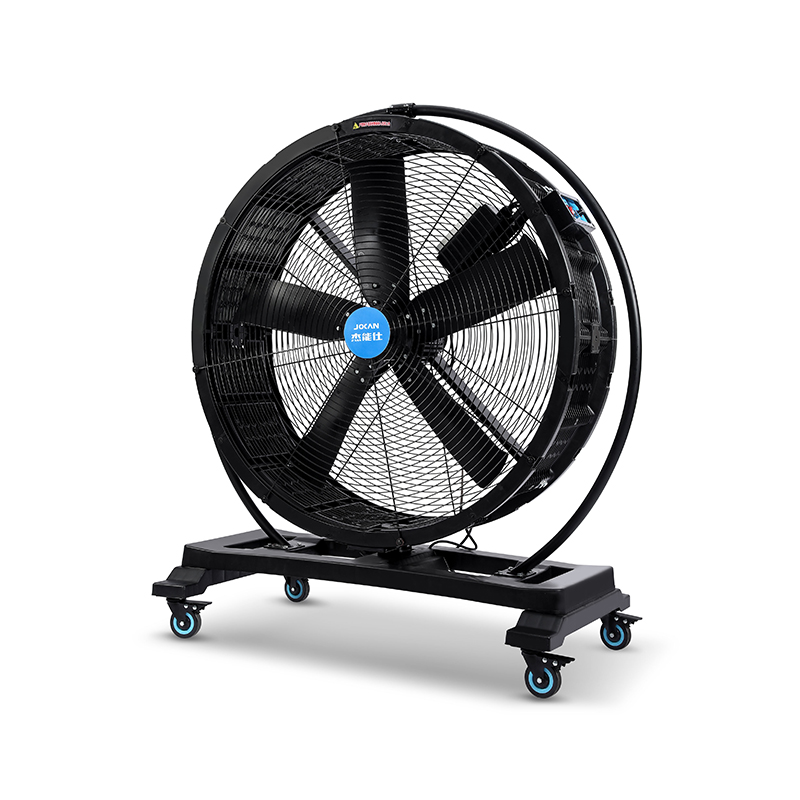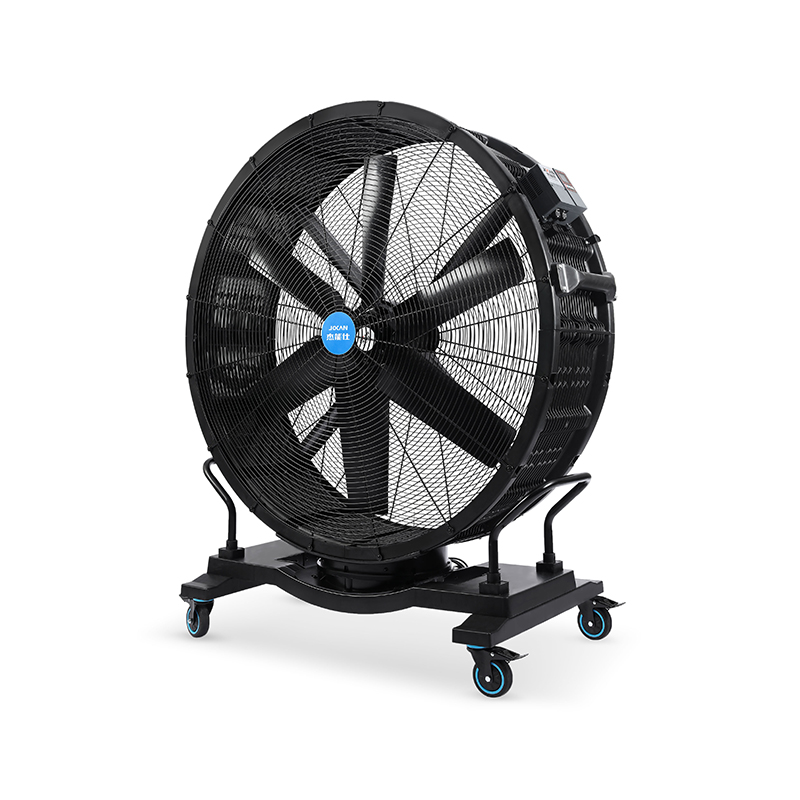Safety and sustainability have become key factors shaping the way fans are designed across various industries today. As environmental concerns grow alongside the need for safer workspaces, manufacturers are rethinking how products like wall hung fans, quiet air fans, and industrial commercial fans are developed to better meet modern demands. These changes reflect a broader trend where efficiency, user well-being, and environmental responsibility are carefully balanced.
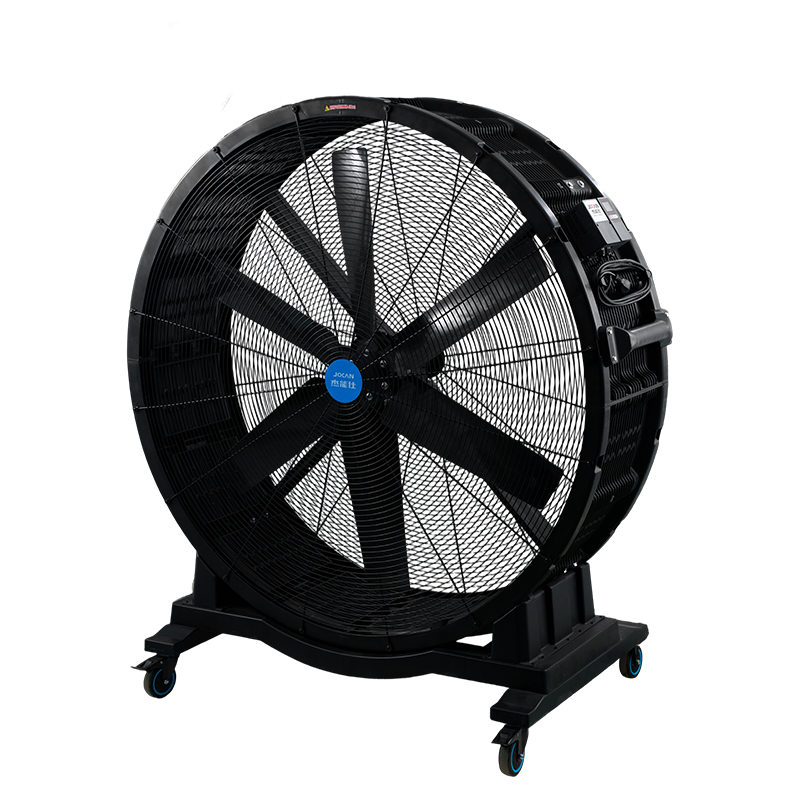
Wall hung fans are a popular choice in many commercial and industrial settings due to their space-saving installation and ability to provide targeted airflow. However, safety considerations have increasingly influenced their design. Today's wall hung fans are equipped with enhanced protective grills and more reliable mounting systems to prevent accidents in busy environments. This focus on safety is not just about preventing injuries but also about ensuring stable operation in areas with high foot traffic or machinery.
Alongside safety, sustainability has become a driving force behind the evolution of wall hung fans. Designers aim to reduce energy consumption without sacrificing performance. Advances in motor technology and aerodynamic blade design allow these fans to move air more efficiently, which in turn lowers electricity use. For businesses, this means wall hung fans can contribute to lowering operating costs while aligning with green initiatives.
Quiet operation is another important feature that has gained traction in fan design. The quiet air fan has become a favored solution in spaces where noise can be a distraction or hazard. Whether in offices, healthcare facilities, or manufacturing floors, a quiet air fan helps maintain a comfortable acoustic environment. Modern quiet air fans achieve this through optimized motor construction and vibration reduction techniques that lessen sound without compromising airflow.
Industrial commercial fans face unique challenges given their size and usage conditions. These fans must be robust enough to handle continuous operation in harsh environments while also adhering to safety and sustainability standards. Recent innovations have introduced materials and coatings that enhance durability and resist corrosion, thereby extending the lifespan of industrial commercial fans and reducing waste. This approach also supports sustainability by lowering the need for frequent replacements.
In terms of safety, industrial commercial fans are now often integrated with advanced monitoring systems. Sensors can detect abnormal vibrations or temperature rises, allowing maintenance teams to intervene before a failure occurs. This proactive safety measure reduces downtime and helps avoid accidents, which is critical in environments where industrial commercial fans operate near personnel or sensitive equipment.
Another aspect driving the design of these fans is the push for sustainability certifications and compliance with environmental regulations. Industrial commercial fans that meet specific energy efficiency criteria contribute to a company's ability to meet government or industry standards. This trend motivates manufacturers to develop fans that optimize airflow while consuming less power, making industrial commercial fans an important part of sustainable facility design.
Wall hung fans have also benefited from the integration of smart controls. These systems allow users to adjust airflow based on occupancy or ambient conditions, reducing unnecessary energy use. For example, a wall hung fan might operate at a lower speed during off-hours and ramp up when workers enter the space. Such adaptability is a practical step toward sustainability, helping to less the environmental footprint of ventilation systems.
The quiet air fan is similarly influenced by sustainability-driven features. New models often include eco-friendly materials and improved aerodynamic designs that reduce energy loss. By operating quietly and efficiently, these fans support environments where comfort and environmental responsibility go hand in hand. Quiet air fans are becoming a natural choice in workplaces aiming to provide a healthy and pleasant atmosphere while managing energy consumption carefully.
Safety remains a core consideration in the design of quiet air fans as well. Because these fans are frequently used in spaces where people spend long periods, manufacturers emphasize preventing any risk of electrical faults or mechanical failure. Quiet air fans typically feature robust safety certifications, ensuring they can be safely integrated into various settings without concern for hazards.
Industrial commercial fans continue to evolve with an eye toward sustainability through innovations in materials and manufacturing processes. Using recyclable materials and reducing the use of harmful substances are examples of how sustainability influences production. At the same time, engineers focus on maintaining the reliability and performance necessary for demanding industrial applications. The balance between durability and environmental impact is a key theme in the current generation of industrial commercial fans.
In summary, safety and sustainability are now intertwined factors guiding the design of fans used in industrial and commercial spaces. Wall hung fans reflect advances in secure installation and energy efficiency. Quiet air fans prioritize sound reduction alongside environmentally friendly operation. Industrial commercial fans combine durability with proactive safety and sustainable materials. Together, these trends point toward a future where fan design supports healthier, safer, and greener environments across many industries.
 Add: Plot 23, Huanglang Industrial Zone, Jinqing Town, Luqiao District, Taizhou City, Zhejiang Province
Add: Plot 23, Huanglang Industrial Zone, Jinqing Town, Luqiao District, Taizhou City, Zhejiang Province
 TEL: +86-13586083215
TEL: +86-13586083215

 English
English English
English عربى
عربى 한국어
한국어


